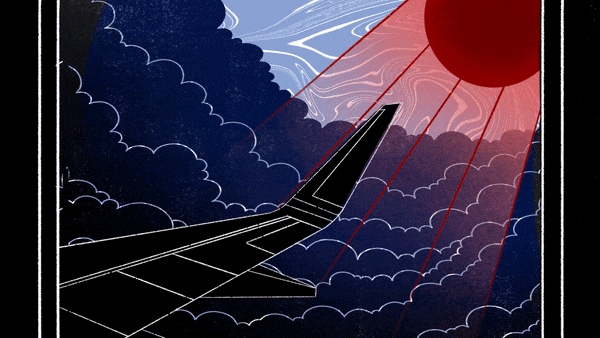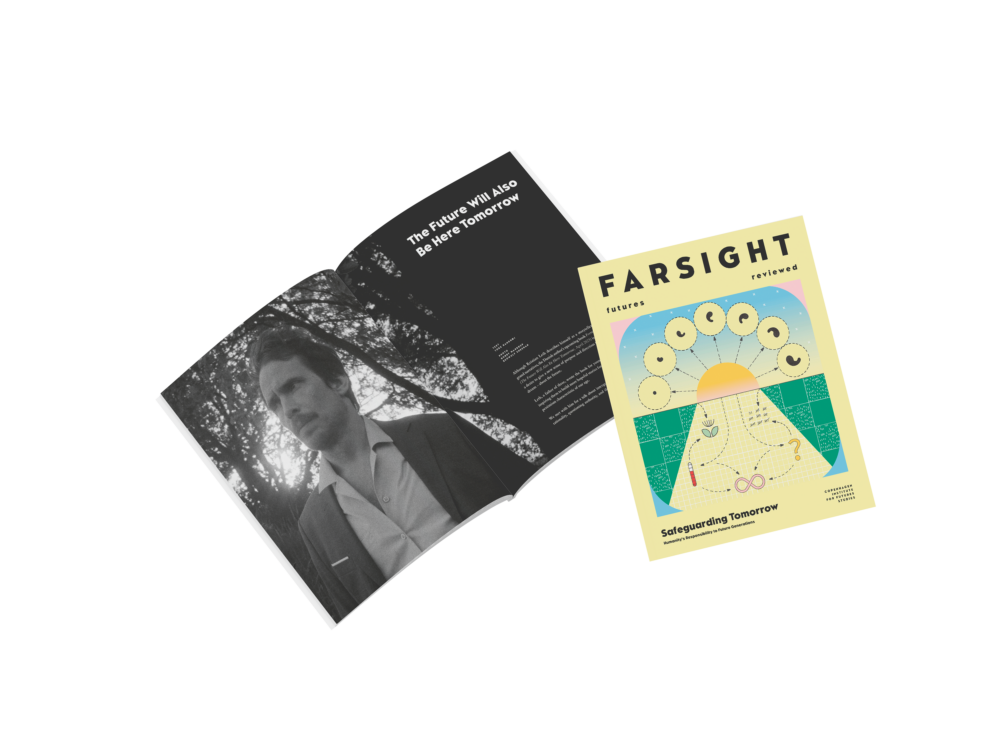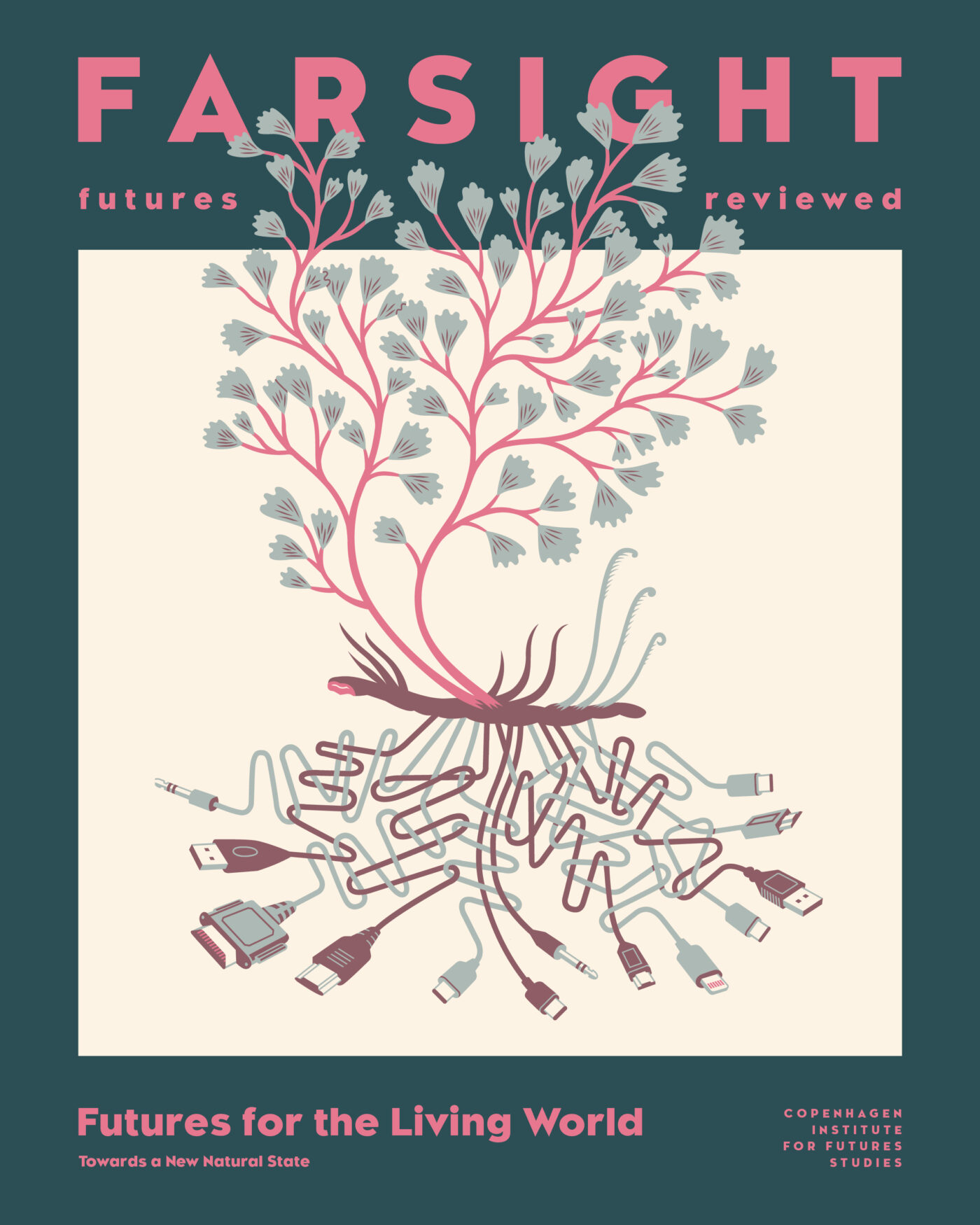
In turn, we use cookies to measure and obtain statistical data about the navigation of the users. You can configure and accept the use of the cookies, and modify your consent options, at any time.

Towards A More Artificial Nature?
Illustration: Christian Skovgaard
We tend to distinguish between what is natural and what is artificial – what is untouched by human interference and what has been created or modified by humans. Yet, the closer we look, the more unclear it becomes exactly where the boundary between the two supposedly exists. The forests that we like to call ‘nature’ have been either planted, cultivated, or otherwise impacted by humans – yet we still consider a walk among the trees a communion with the wild. The same is true for animals and plants. Many species have been eradicated by humans, others have adapted to the presence of humans, and others still have been bred beyond recognition (would a wolf recognise itself in a chihuahua?). Roads dissect all but the wildest forests, plains and deserts, and manmade pollution is everywhere. Many wild animals, like rats, pigeons, magpies, and foxes, have adapted to mainly live in human cities and suburbs, often subsisting on the human waste produced there. For good reason, geologists have begun referring to our current geological era as the Anthropocene, pointing to the significant impact of human activity on Earth’s geology and ecosystems.
This is also true for the planet’s climate, which is increasingly shaped by humans. As we have come to understand, there is likely a high price to be paid for that, not just by humans, but also by the environments that we like to call natural. Bees may be dying out, threatening the natural pollination of plants, and virtually all the world’s coral reefs are at risk of being wiped out in a scenario with 2-degree temperature growth. With them, important parts of our planet’s ecosystems will falter as well. More than 35,000 animal species are under the threat of extinction, including two-fifths of all amphibians, a quarter of all mammals and a sixth of bird species. Sea levels are rising, threatening coastal farmland, cities, and even entire island nations. With the world population set to grow by more than two billion over the next three decades, and the global middle class growing even more, the stresses on the world’s resources and ecosystems look to become greater, even in the face of a rapid shift from fossil fuels to sustainable energy.

Broaden your horizons with a Futures Membership. Stay updated on key trends and developments through receiving quarterly issues of FARSIGHT, live Futures Seminars with futurists, training, and discounts on our courses.
BECOME A FUTURES MEMBEREven so, humanity is far from the first species to change the face of the Earth. Reef-building corals and the ecosystems that surround them are far more massive and world-changing than any structure built by man. Our very atmosphere has been dramatically changed from its original state by early lifeforms – and even the rise of continents from the sea may be the work of life, according to world renowned geologist Professor Minik Rosing.
In comparison, mankind’s influence on the planet can seem insignificant. One could even make the case that we are merely the latest of an uncountable number of species that, simply as a by-product of our way of life, have shaped the world we live in. Of course, this argument has some obvious flaws. The difference between humans and other kinds of life – apart from the rapid speed with which we are effecting change – is that we have become aware of our influence and the consequences thereof. A coral reef will do what a coral reef does. We, on the other hand, have the option to change our direction and influence the world in a way that tackles the challenges of climate change, declining biodiversity, and resource depletion.
Common suggestions for how to do this are to rewild our planet by replanting forests, restoring wildlife and in other ways returning the world to something resembling its pre-industrial state. Without disavowing such solutions, there are other paths and approaches open to us as well. We could opt to change the world further, only in a more forward-looking manner, making better use of the knowledge and technology we have developed over the years. It is possible that making our ecosystems more artificial, rather than less, could contribute to saving them (and humanity in the process). Below, we explore some of the ways through which we could do that.
Although it suffers from a poor reputation, bioengineering (also known as genetic engineering) is something that we humans have been doing for millennia, whether through crosspollinating, crossbreeding, or weeding to create new species or mixes of existing ones. Modern bioengineering, using tools like cloning and the gene-editing technology CRISPR-Cas9, allows us to do these things at a much faster rate, while also allowing genetic combinations that do not occur in the wild, such as introducing plant genes to animals or vice versa. Even today, bioengineering has produced lifeforms that can prove invaluable in handling climate change, fighting pollution and sustainably feeding the growing world population. This includes GMO crops with improved photosynthesis, better CO2 absorption, higher tolerance for soil salinity, and a reduced need for pesticides – all of which increase the crop yield. Bacteria have been modified to break down PET plastic waste or produce useful materials like synthetic spider silk. Livestock have been engineered for improved health and nutrition, reduced environmental impact, enhanced milk and more.
Uncritically introducing new, modified lifeforms into our ecosystems is not without risks of its own. For one thing, modified DNA could contaminate other lifeforms and upset the balance of delicate biotopes. However, proponents of bioengineering argue that given how we already are massively influencing all biotopes on the planet, being overly cautious could be the worse choice. If modifying lifeforms and introducing new ones could contribute towards preventing world hunger, mitigating global warming, reducing the loss of biodiversity and countering pollution, it may be worth taking the risk. Considering that species have come and gone since life began, replacing lost species with new ones that are designed rather than evolved may not be such a radical idea, especially if the result is a more robust ecosystem that can better handle the impact of a growing human presence on the planet. In the case of our future environment, ‘playing it safe’ might mean taking chances rather than doing nothing.
Genetic engineering is not the only way to create artificial nature. Another area where this might be necessary is in mitigating the ongoing mass-extermination of insect species, including pollinators such as bees and butterflies, which will have potentially catastrophic effects on wildlife and our food chain. As an example of the urgency of the situation, beekeepers in the United States lost almost half of their managed honeybee colonies from April 2020 to April 2021, up from a ‘normal’ level of 20% annual (recuperable) losses. Similar trends are observed in many other parts of the world as well. If serious steps aren’t taken to preserve insect populations, we may need to fall back on replacement strategies, which could include pollinating robots.

For more articles like this, read the issue FARSIGHT: Futures for the Living World